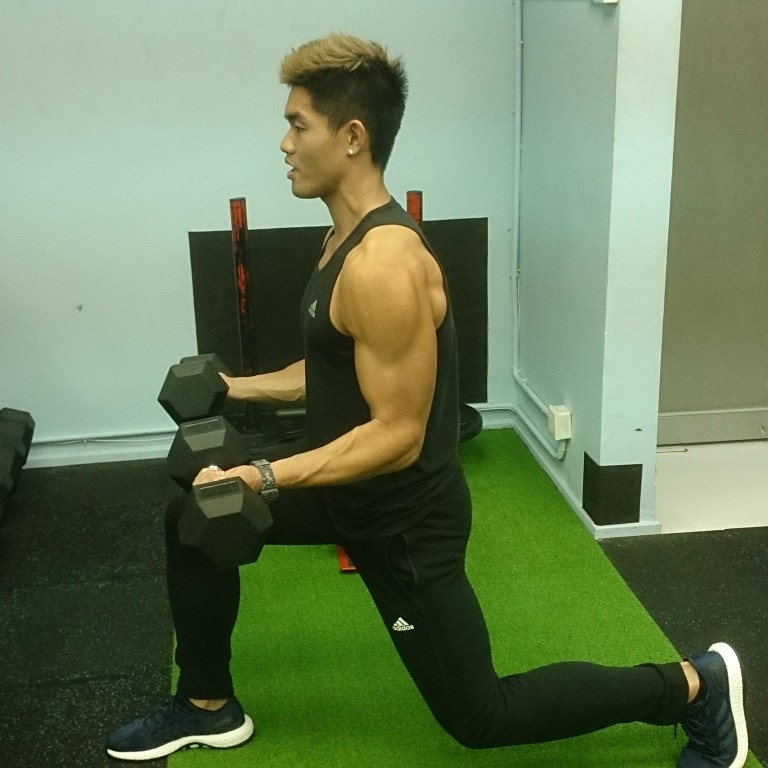
Hate running? Get your cardio with circuit training, the best alternative to the dreaded treadmill
Get your heart pumping, and keep boredom at bay with "exercise stations", the spice of workout life
Gym memberships are expensive, but regular cardio is important. Beside, working out at a gym can get repetitive, and if you're easily bored, you'll easily give up. There is another way to ensure a healthy heart: circuit training. This is when you combine a mixture of high-intensity exercises in one workout - exercises you can even do at home to save time and money.
Not only is circuit training a great substitute for ordinary cardio, it also helps tone your body and build muscle.
Make sure that you’re in good physical health before you attempt these moves, or any form of exercise. If you are unsure, consult a doctor, trainer, or other specialist.
Warm-up
Always take five to 10 minutes at the start of your workout to warm up. You should get the blood flowing to all of your muscles so that you don’t suffer any injury later.

Stretch for a few minutes, circling your shoulders to open out your joints. Then, do a few minutes of light jogging.
Begin slowly and never strain yourself. Warm-ups should be gentle.
Setting up the circuit
Choose an area to set up your circuit with enough space for a station for each exercise you plan to do. You can create as many stations as you like. Make sure you include upper body (chest, arms, back) exercises as well as those that target your lower body and legs.
Here are some suggestions to start off with:
Jumping jacks – start with your feet shoulder-width apart. As you jump, spread your legs further apart and raise your arms into a “V”-shape. Jump again, and return to the starting position.

Squat jumps – start with your feet shoulder-width apart. Lower your body by bending your knees and sinking back into your hips. Keep your back straight and your core tight, then launch yourself into a jump.
Push-ups – lie on your stomach, place your arms shoulder-width apart, and push your body off the ground using your chest and arms.
Skipping rope – if you’re outside, you can use a skipping rope, but if you’re at home, you can simply jump up and down without a rope. Both will increase your heart rate.
Sit-ups – lie down on your back with your knees bent and your feet flat on the ground. Then, keeping your legs still, lift your upper body off the ground using your core muscles. The more you bend your knees, the easier the action will be, and vice versa.
Make these 5 small changes to your habits to improve your physical and mental health
Dumbbell shadow boxing – if you don’t have dumbbells, you can use cans of food or other items of a similar weight. Begin with your elbows bent and hands at chest height, then extend one arm diagonally across your body. Bring your arm back in, and repeat with your other arm. Eventually, you can add in other moves, such as uppercuts and hooks.
How long should I move for?
According to personal trainer Calvin Au Yeung, beginners should take it easy and do each exercise in the circuit for around 30 seconds. Once your fitness starts to improve, you can try do each station for 45 seconds, then one minute, and so on. After you finish the circuit, rest for 30 seconds to a minute then repeat the whole circuit two or three times.
This article was curated by Young Post.
